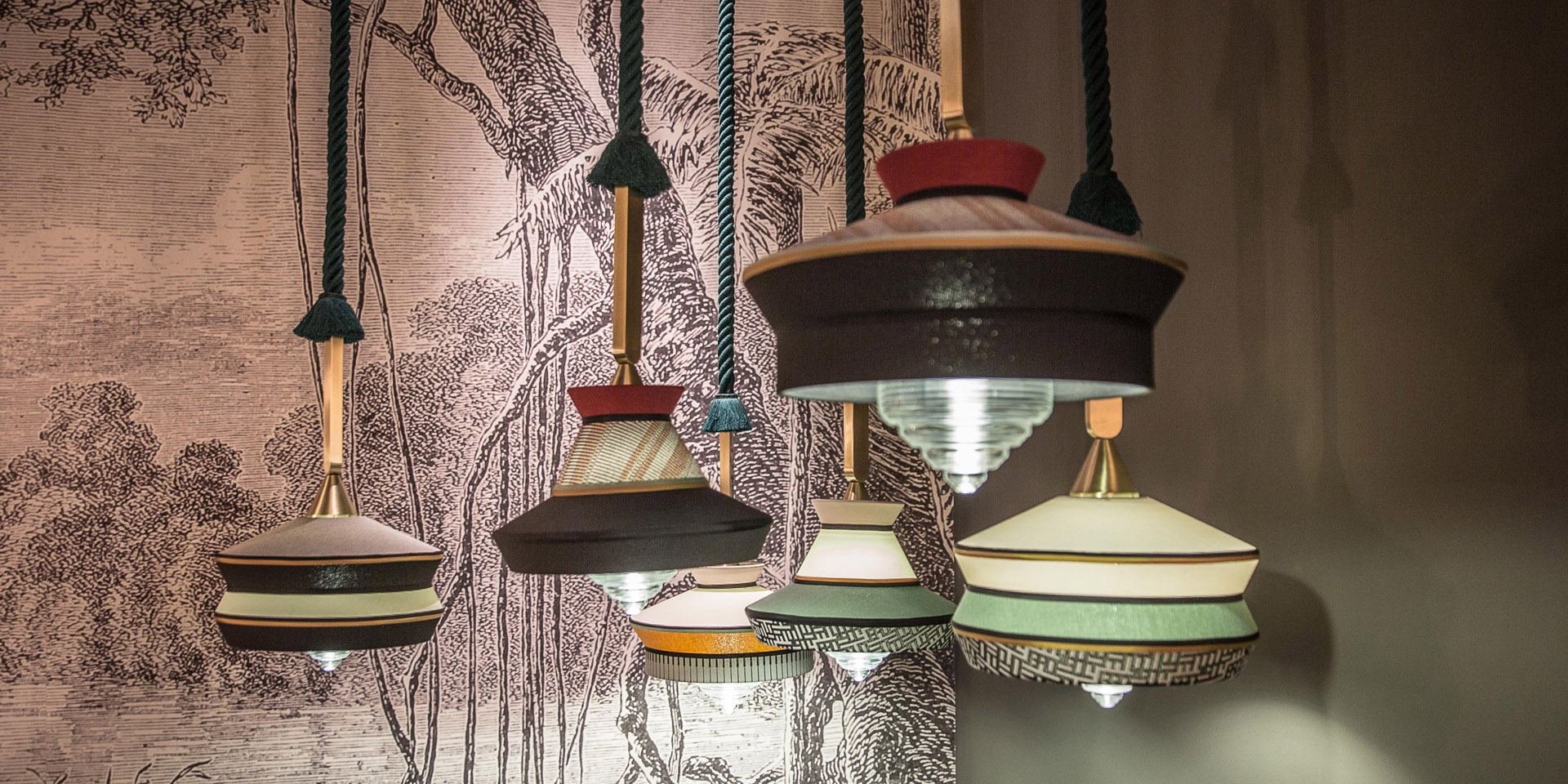Lighting is one of the most powerful elements in any space, capable of transforming the atmosphere, enhancing aesthetics, and even improving functionality. Whether you are designing a home, an office, or a commercial setting, making smart lighting choices can have a significant impact. One of the most brilliant ways to step up your lighting game is by layering different types of lighting. Instead of relying on a single overhead light, consider combining ambient, task, and accent lighting. This approach allows for greater flexibility, creating a well-balanced environment where each light source serves a specific purpose. For instance, a combination of ceiling lights, table lamps, and wall sconces can create depth and warmth in a living room, while a well-lit kitchen benefits from under-cabinet lights to illuminate workspaces effectively. Another key strategy is to embrace smart lighting technology. With advancements in automation, smart bulbs and lighting systems allow you to control brightness, color temperature, and scheduling with a simple voice command or an app. This not only enhances convenience but also improves energy efficiency by ensuring lights is only used when necessary. Motion sensor lights are particularly useful in hallways, bathrooms, and outdoor spaces, where they can provide illumination only when needed.

Dimmable LED bulbs are another excellent option, find out this here allowing you to adjust brightness levels according to the mood or time of day, reducing eye strain and saving energy at the same time. Color temperature is another crucial aspect of effective lighting design. Warm lighting with a yellowish hue creates a cozy, relaxing ambiance, making it ideal for bedrooms and living rooms. Cooler, white light is better suited for task-oriented spaces like kitchens, offices, and study areas, where clarity and focus are essential. Adjustable LED bulbs that offer a range of color temperatures allow you to switch between warm and cool light as needed, enhancing both comfort and productivity. Utilizing reflective surfaces and light-colored walls is another clever way to enhance lighting in a space. Mirrors, glossy finishes, and metallic accents help bounce light around the room, making it appear brighter and more spacious. This technique is particularly useful in small or dimly lit rooms, where natural light may be limited. Pairing lighting with strategically placed mirrors can amplify the effect, creating an open and inviting feel. Accent lighting can also be a game-changer when it comes to adding character and style to your space.
By highlighting architectural features, artwork, or decor elements, you can create visual interest and a sense of drama. Wall-mounted picture lights, LED strip lights under shelves, and recessed spotlights are great ways to draw attention to focal points while enhancing the overall ambiance. In outdoor spaces, landscape lighting can be used to illuminate pathways, gardens, and patios, creating a magical and inviting atmosphere at night. Finally, do not underestimate the power of natural light. Maximizing daylight by using sheer curtains, large windows, and strategically placed furniture can reduce the need for artificial lighting during the day. Skylights and glass doors can further enhance natural illumination, making interiors feel fresh and airy. By combining thoughtful lighting techniques with modern technology, you can create a beautifully lit environment that is both functional and aesthetically pleasing.
